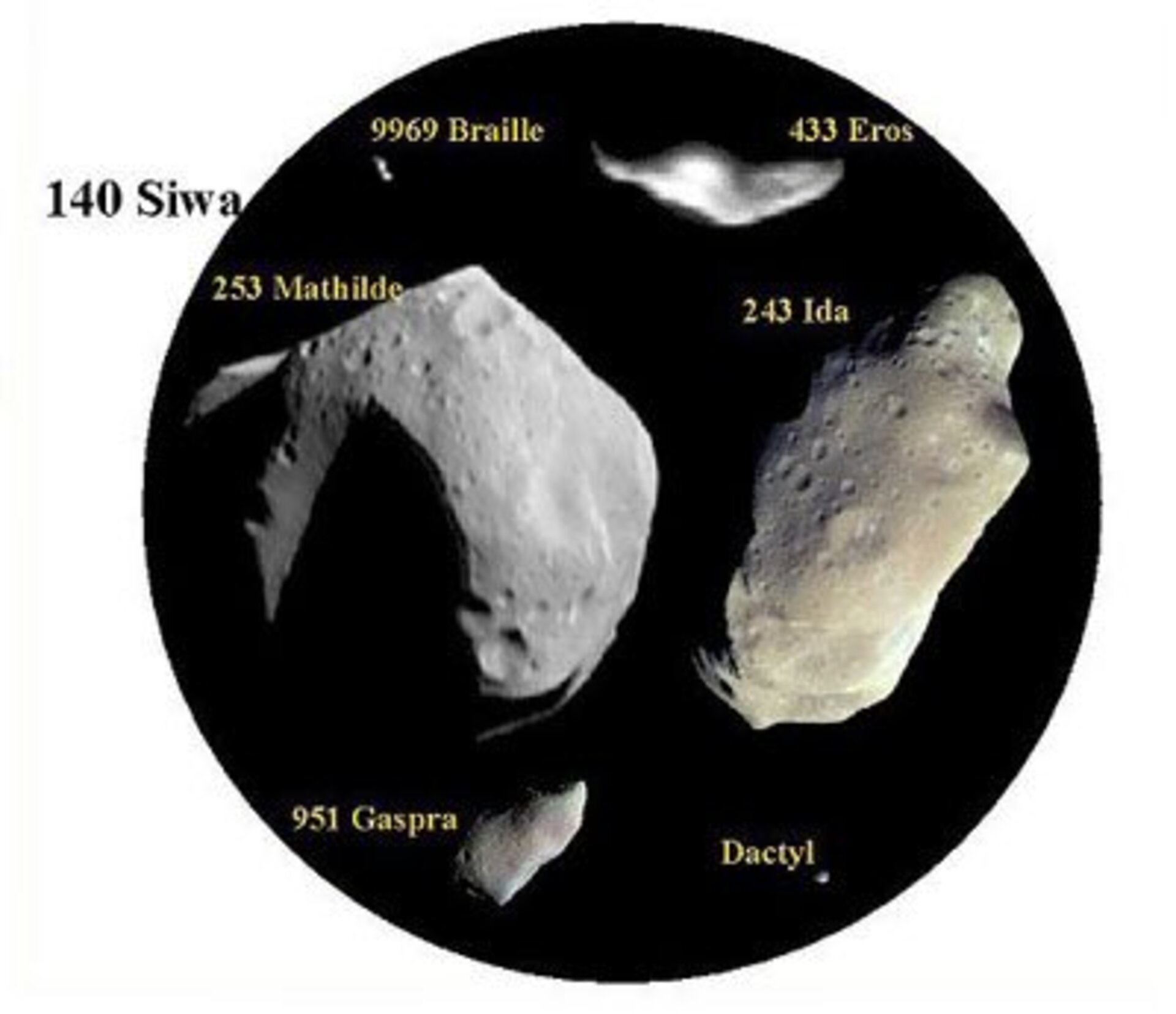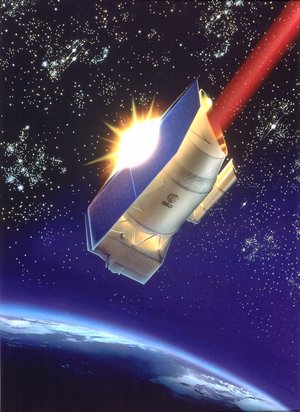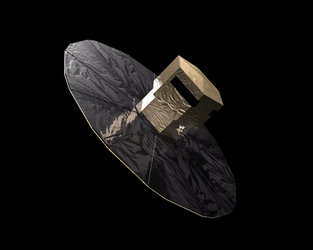Threats from space
The planets of the Solar System were born in a violent storm of asteroid-like objects that began 4.6 thousand million years ago and lasted for roughly 500 million years.
Ironically, this process, which initially assisted in life’s origin by seeding the Earth with precious organic compounds, now threatens it.
The planets failed to consume all of the asteroids and the planetary leftovers are still orbiting the Sun today. Most of them are confined to the ‘main belt’ of asteroids, in between the orbits of Mars and Jupiter.
ESA’s Infrared Space Observatory (ISO) showed that there might be as many as two million asteroids larger than one kilometre in this region of space. Gravitational nudges from the planets can push them out, causing them to fall towards the Sun, which means that they may cross Earth’s orbit and potentially collide with our world.

There is now compelling evidence that the death of the dinosaurs was accelerated by the impact of an asteroid that struck the Earth in the Yucatán peninsula, off the coast of Mexico.
The Earth is in danger not only from asteroid strikes but also from their icy equivalents, comets. They could wreak havoc if they were to collide with our world. These objects usually live far away beyond even Pluto but can be jolted from their usual orbits by passing stars or gigantic gas clouds.
Beyond even this, ‘supernovae’ could also pose a significant risk to Earth. A supernova is an exploding star that, for a few weeks, radiates more energy than all the other millions of stars in its galaxy put together. Such an occurrence takes place about once every century per galaxy.
If the Earth were to be within 30 light-years of a supernova, the violent radiation released would strip the Earth of its protective ozone layer, laying open the surface of our world to the full ravages of our Sun’s ultraviolet light.
Such supernovae events, or passing stars and gas clouds, are most likely to be found within the dense stellar ‘arms’ of our Galaxy. Some scientists have wondered whether the five mass extinctions that show up in Earth’s fossil record were caused by disasters during the Solar System’s passage through a spiral arm.
Luckily for us, the Solar System passed through a spiral arm of our Galaxy just two million years ago without major catastrophe and it will not get close to another for over thirty million years.






